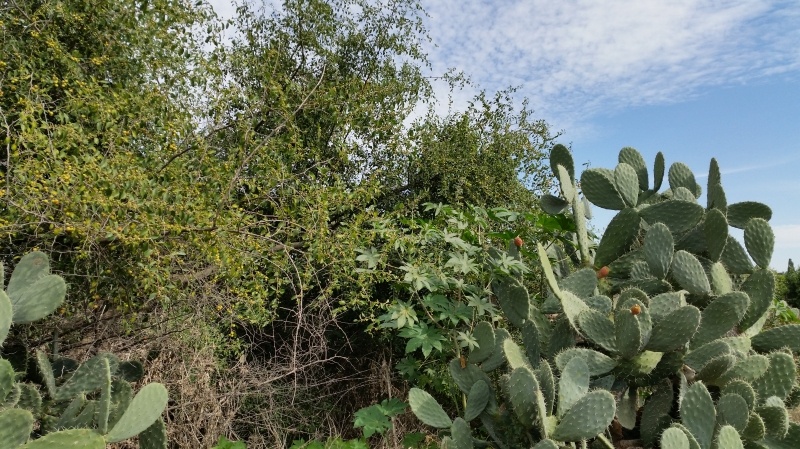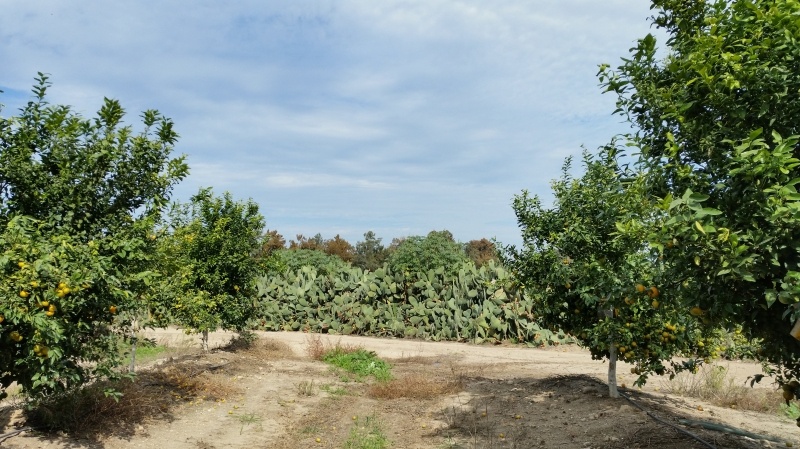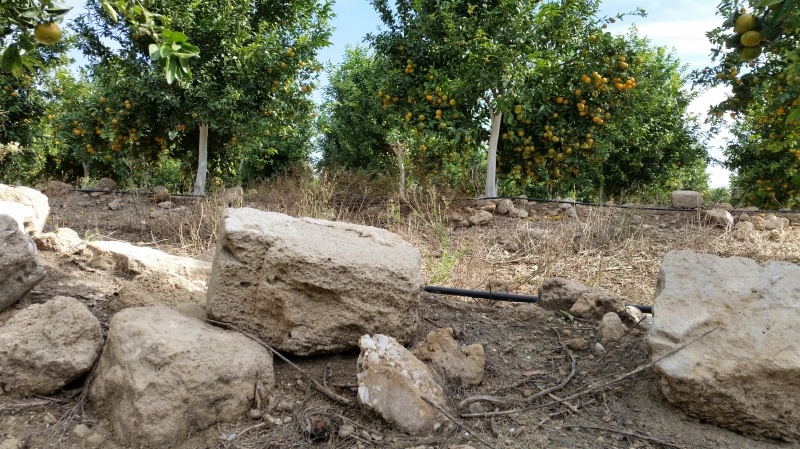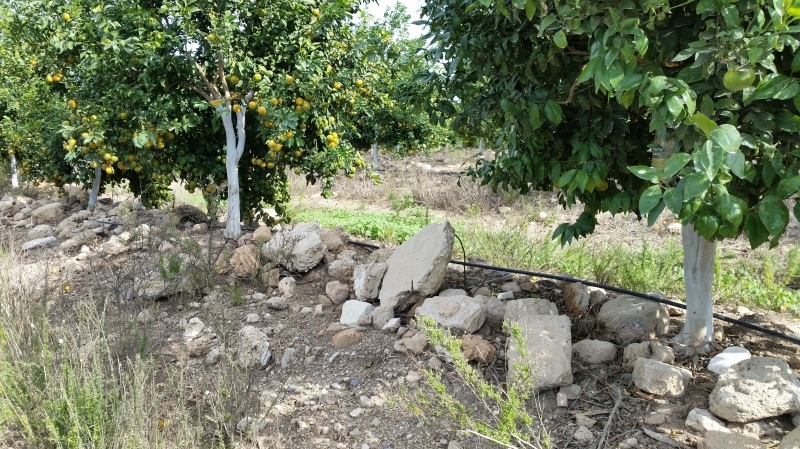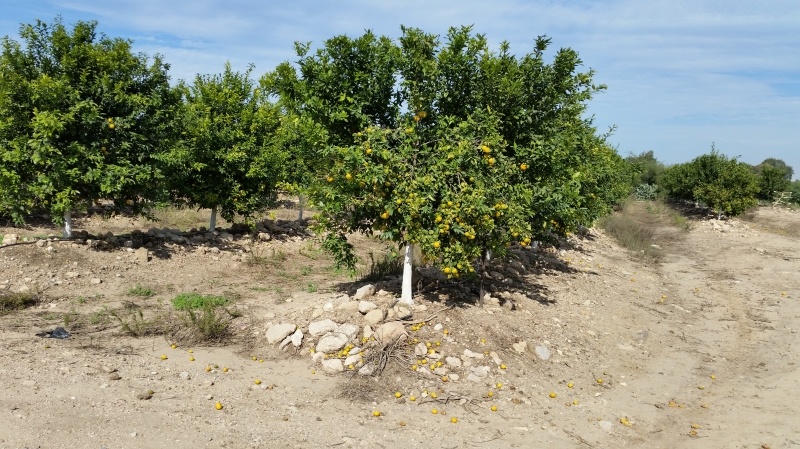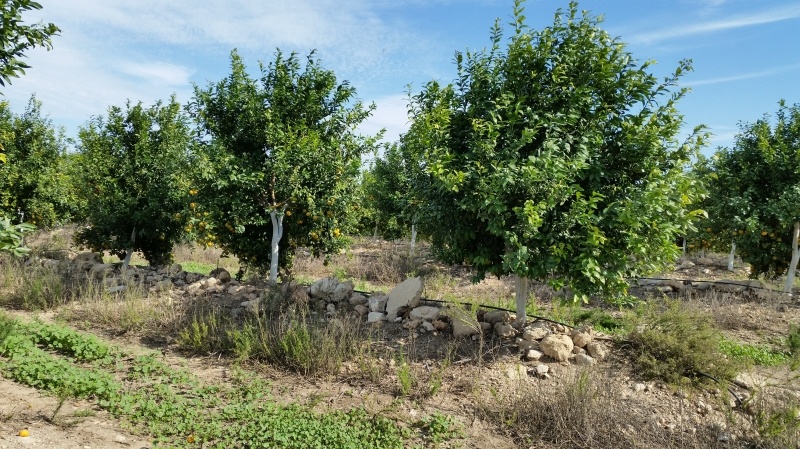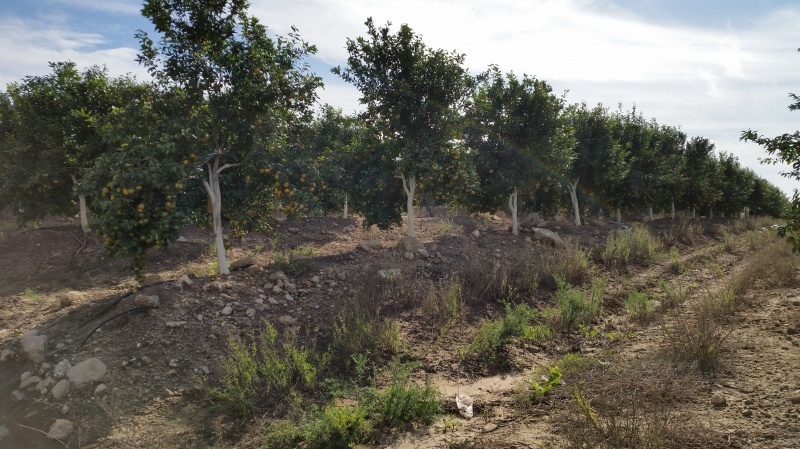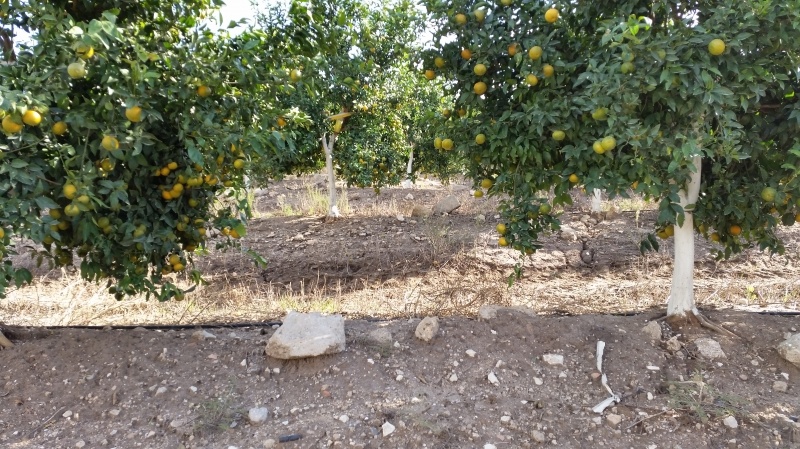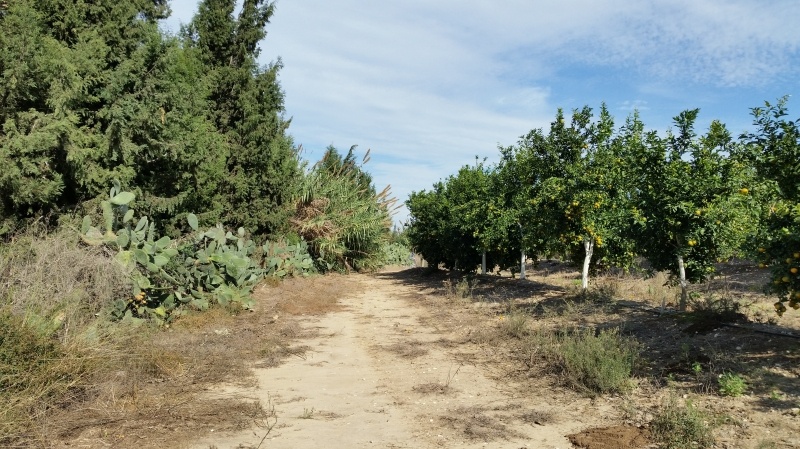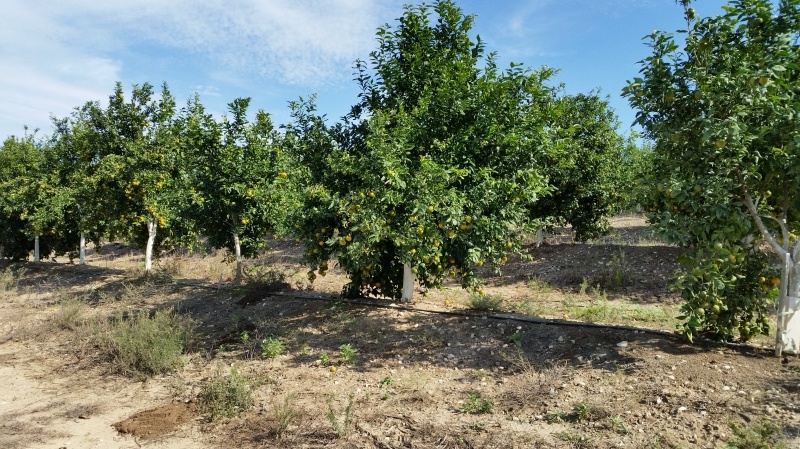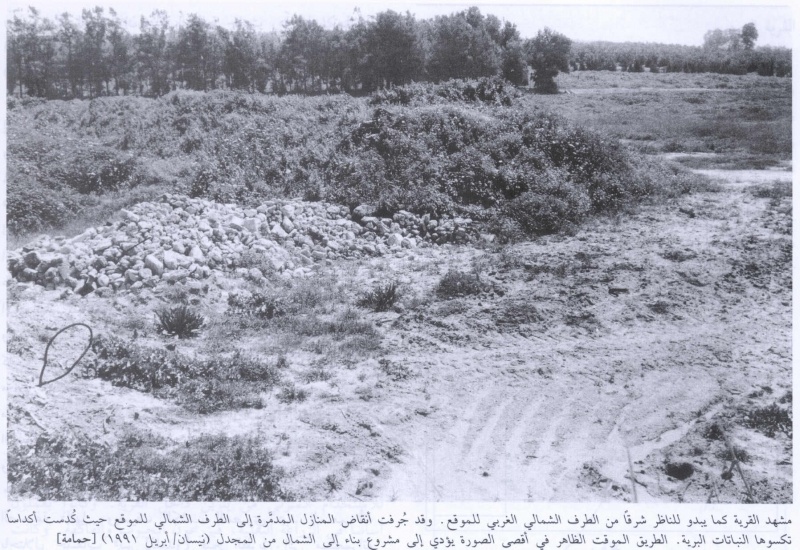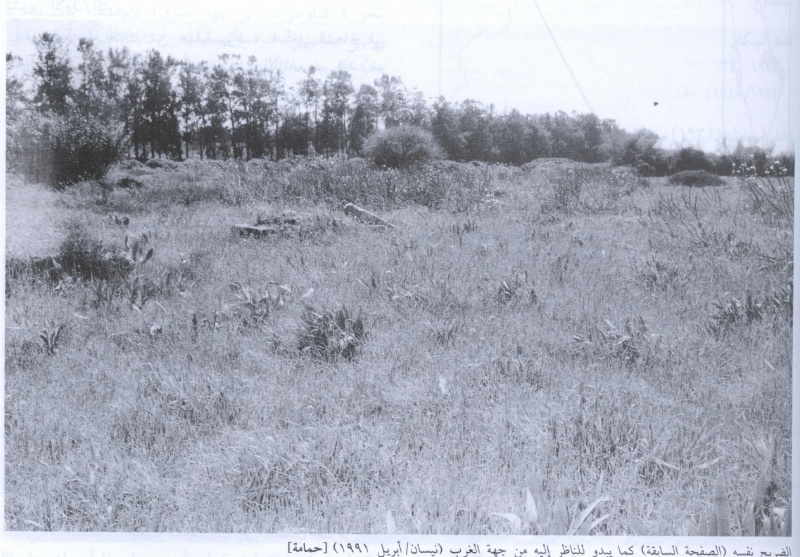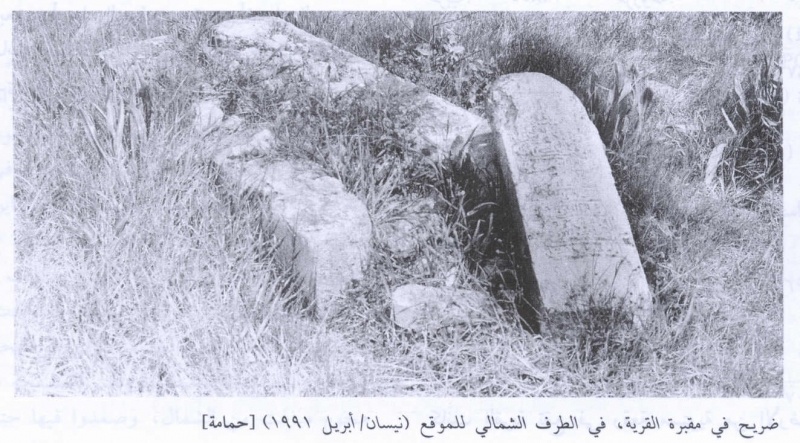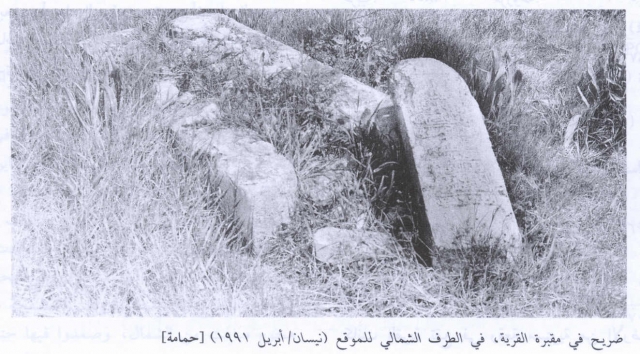Info
District: Gaza
Population 1948: 5810
Occupation date: 28/10/1948
Occupying unit: Yiftah Brigade
Jewish settlements on village/town land before 1948: Nitzanim (Today Nitzanim Youth Village)
Jewish settlements on village/town land after 1948: Nitzanim (Moved to a new place)
Background:
Hamama (Arabic: حمامة; also known in Byzantine times as Peleia) was a Palestinian village of over 5,000 inhabitants that was depopulated during the 1948 war. It was located 24 kilometers north of Gaza.
Under the British Mandate in Palestine, a village council was established to administer local affairs, and Hamama had a mosque, and two primary schools for boys and girls established in 1921. In the 1922 census of Palestine, conducted by the British Mandate authorities, Hamama had a population of 2731, 2722 Muslims and 9 Christians, where all the Christians were Orthodox. The population had increased in the 1931 census to 3405, 3401 Muslims and 4 Christians, in a total of 865 houses.
In 1945 Hamama had a population of 5,010 Arabs and 60 Jews, with a total of 41,366 dunams of land, according to an official land and population survey. Of this, 1,356 dunams were used for citrus and bananas, 4,459 dunams were for plantations and irrigable land, 28,890 for cereals,while 167 dunams were built-up land.
In 1946, the boys' school had an enrollment of 338, and the girls' school an enrollment of 46. Its inhabitants engaged primarily in fishing and agriculture, cultivating grain, citrus, apricots, almonds, figs, olives, watermelons, and cantaloupes. Due to the existence of sand dunes in the north part of the town, trees were planted on parts of those lands to prevent soil erosion.During the Mandate time, the village was visited by inspectors from the Department of Antiquities who noted two mosques. One of these, known as Shaykh Ibrahim Abi Arqub, included marble columns and capitals in the iwan. The other mosque, known as Shaykh Hamid, also incorporated marble fragments. Neither of these mosques have survived.
Hamama was first drawn into the 1948 war, after a group of workers from the town laboring in the adjacent fields were struck by Jewish settlers from Nitzanim on January 22, 1948, leaving fifteen Arabs wounded. Two days later, a unit from Nitzanim opened fire on Hamama residents, killing one, and on February 17, a group of workers waiting for a bus on the road between Isdud and the town were fired upon, wounding two.
It was captured by Israel from the Egyptian Army in the first stage of Operation Yoav on October 28. By then several refugees from nearby towns were in Hamama, most of them, along with many of Hamama's residents, fled with the withdrawing Egyptian troops.


